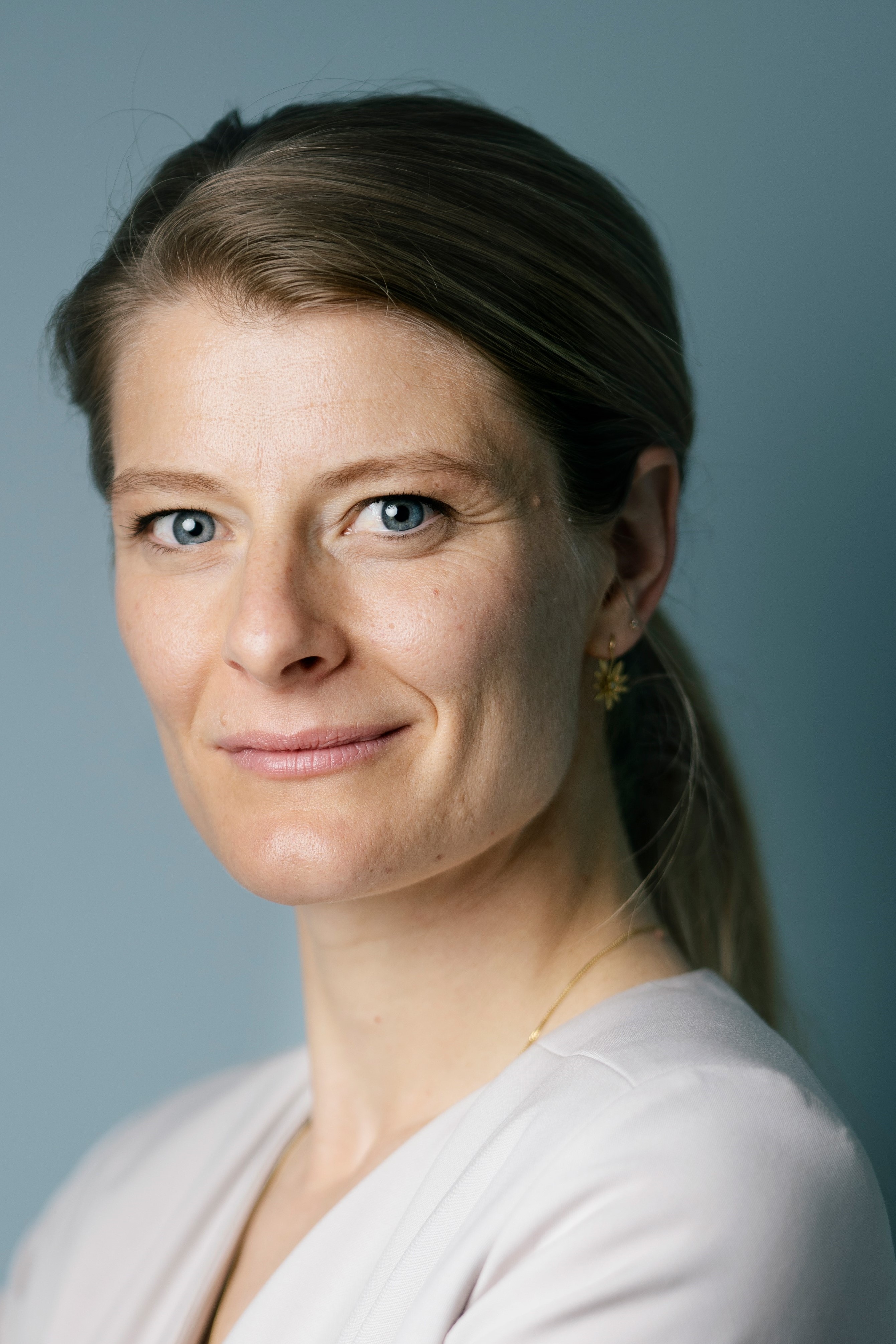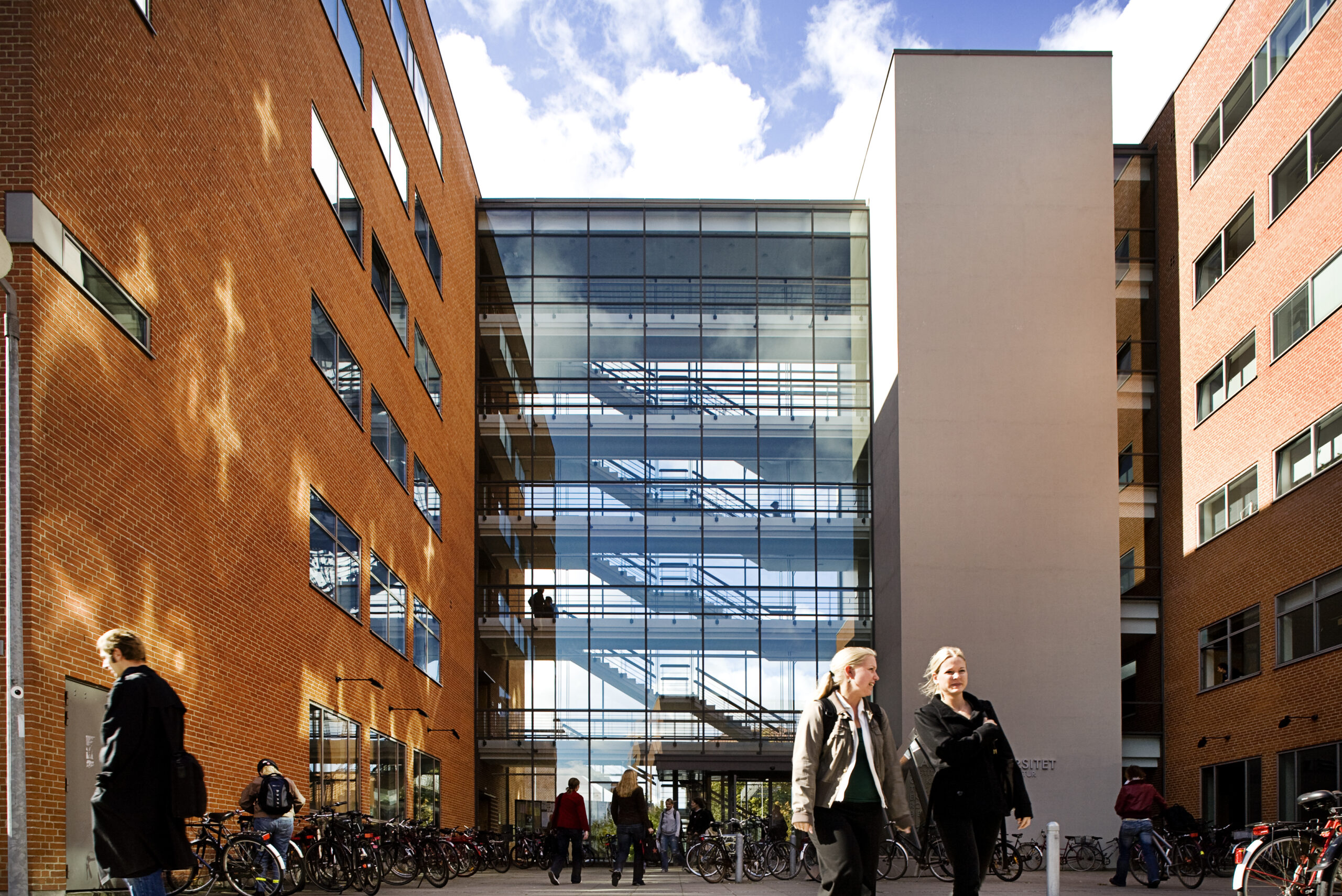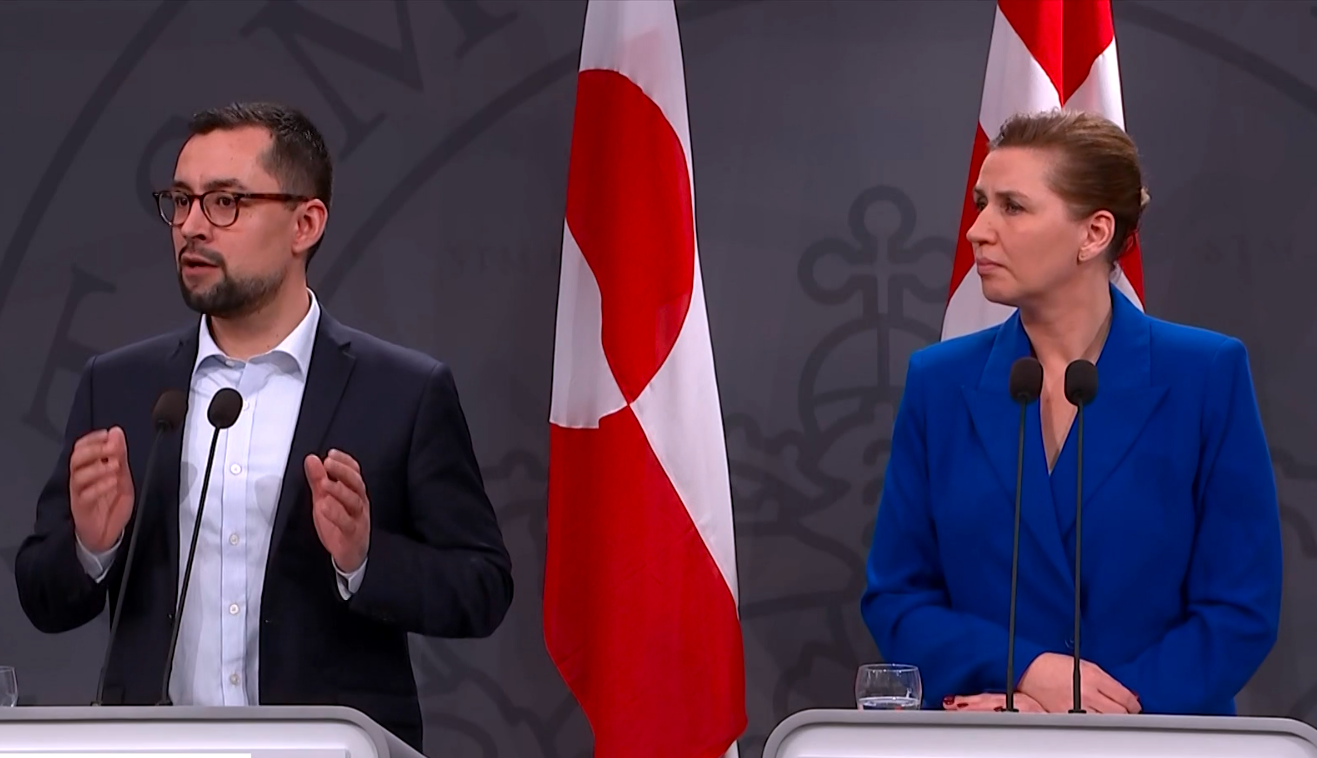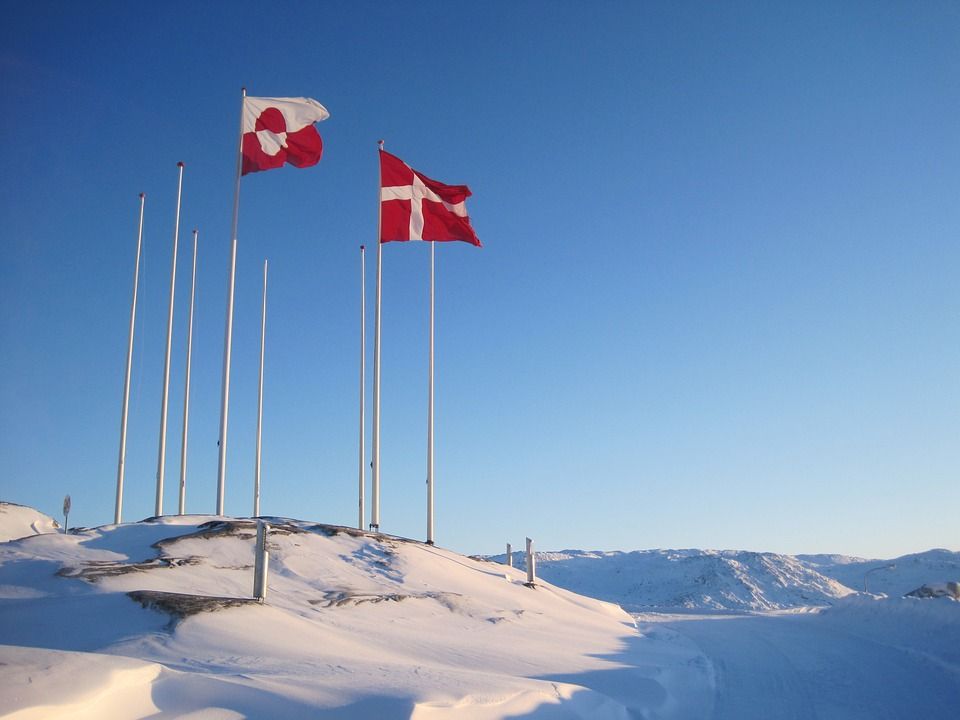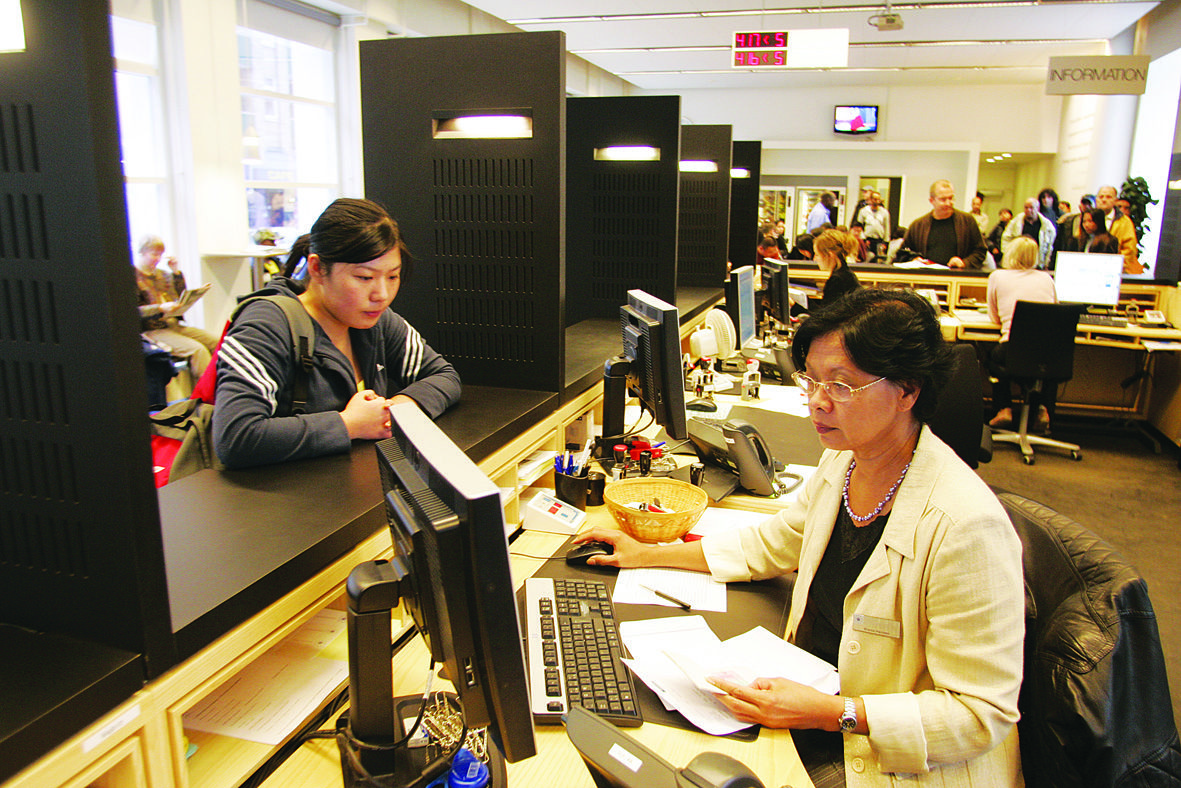Denmark’s economy will only grow by 0.2 percent in 2012, according to a new report by the government’s independent economic advisory board, Det Økonomisk Råd.
The council says the lack of growth can be partially blamed on a lack of increase in personal consumption, despite the 26 billion kroner that was paid out by the government to the Danish public this year after the reform of the early retirement scheme, efterløn.
“The Danish economy remains stagnant [and] GDP has hardly grown for the past two years,” the council writes. “Early retirement contributions have been reimbursed to members of the scheme, but so far there has been no significant effect on private consumption and, in spite of public housing renovations that have been moved forward and a temporary tax credit on expenses for home improvements, investments in [homes] remain at a low level.”
The lack of growth in private consumption made the council mark down its expectations for the Danish economy this year, though economy minister Margrethe Vestager (Radikale) argues that growth will be closer to 0.9 percent this year.
“There are different points of view,” Vestager told the Ritzau news bureau. “Our assessment is still that 2013 will see a turnaround and unemployment will start to drop.”
The council has increased its expectations for the economy in 2013, when they expect the economy to grow by 1.6 percent – a figure that Vestager agrees with.
“Looking at 2013, the [council], the national bank and the government all seem to agree.”
There is less good news where employment is concerned, however, as the council expects unemployment to grow by 9,000 people in 2013, partially as a result of the government’s reform of unemployment benefits – a reform that apparently has a silver lining.
“The enacted reform will in the longer run reduce the structural unemployment rate, as the shortened maximum duration of unemployment benefits will encourage the unemployed to search for work,” the council writes. “The reform is overall expected in the longer run to increase structural employment by 13,000 people and improve public finances by 4.5 billion kroner yearly.”
Not everyone agrees that the reform will encourage people to find work, especially if there is no work to be found. The metal workers union, Dansk Metal, reported in September that there were only 13 available jobs for the 6,000 unemployed metal workers.
The council’s statement effectively backs the government’s decision to this January implement the reform that was passed by the former centre-right government. The reform doubled the length of time that people had to pay into an employment insurance and halved the length of time that people can claim the benefit, dagpenge. As a result, over 20,000 people are expected to lose their dagpenge next year.
But despite the rising unemployment, the council argues that it is no more difficult to find a job now than it was in 2005 and 2006 before the crisis kicked in.
“Even with a decline in employment, there has been a considerable job turnover in the most recent years, and despite the economic situation, there has been a monthly transition from unemployment to employment of at least 11,000 people,” the council writes. “At the same time, the departure rate from unemployment to employment over the past few years has been at about the same level as for the period 2005-06, which are usually considered neutral or even boom years.”
According to economics lecturer Birte Larsen, from the Copenhagen Business School, the Danish labour market is responsible.
“The positive side of the Danish labour market is that it is extremely flexible and it is possible to get a job even when there is a crisis,” Larsen told metroXpress newspaper, adding that the ease at which companies can hire and fire means that many people lost their jobs at the onset of the crisis.

